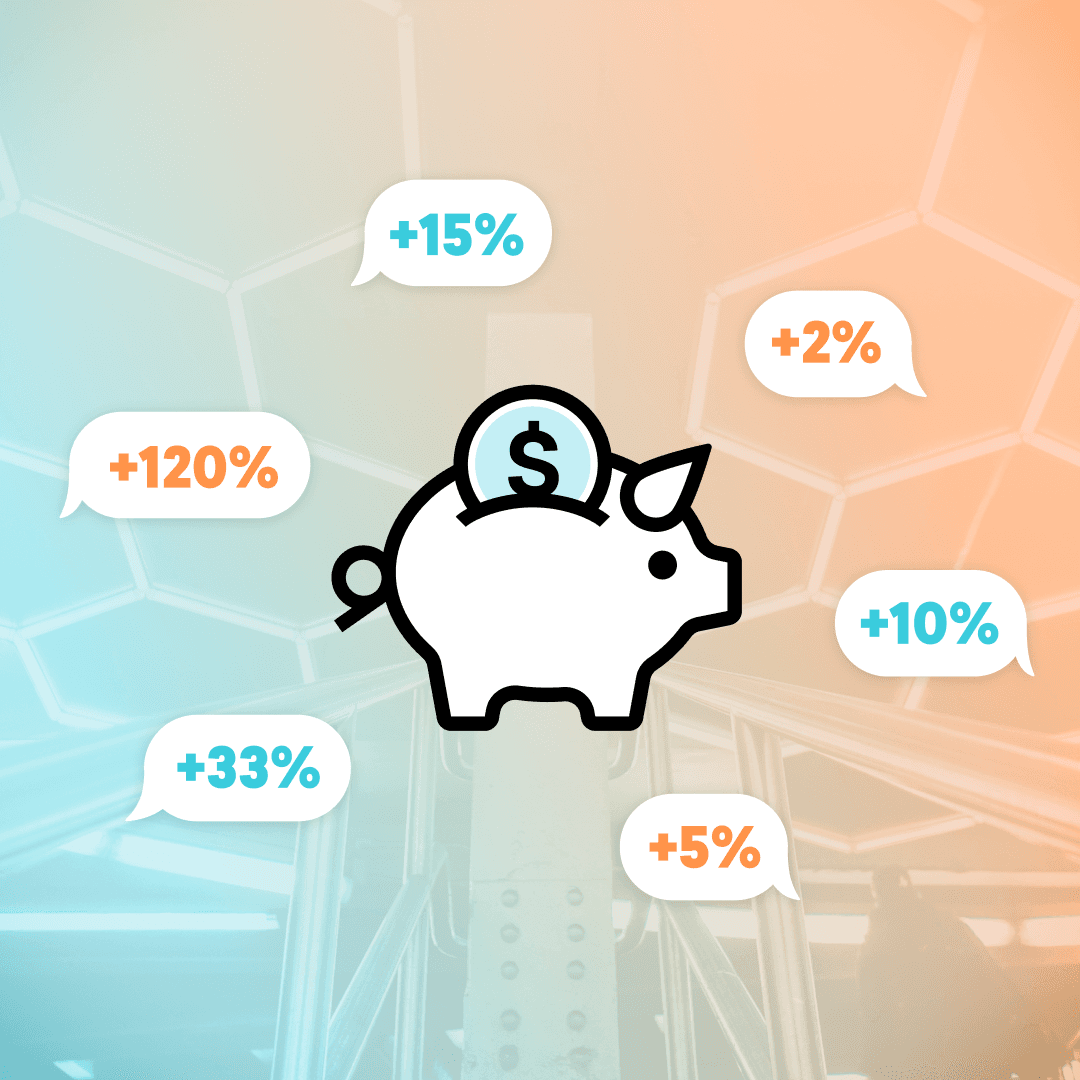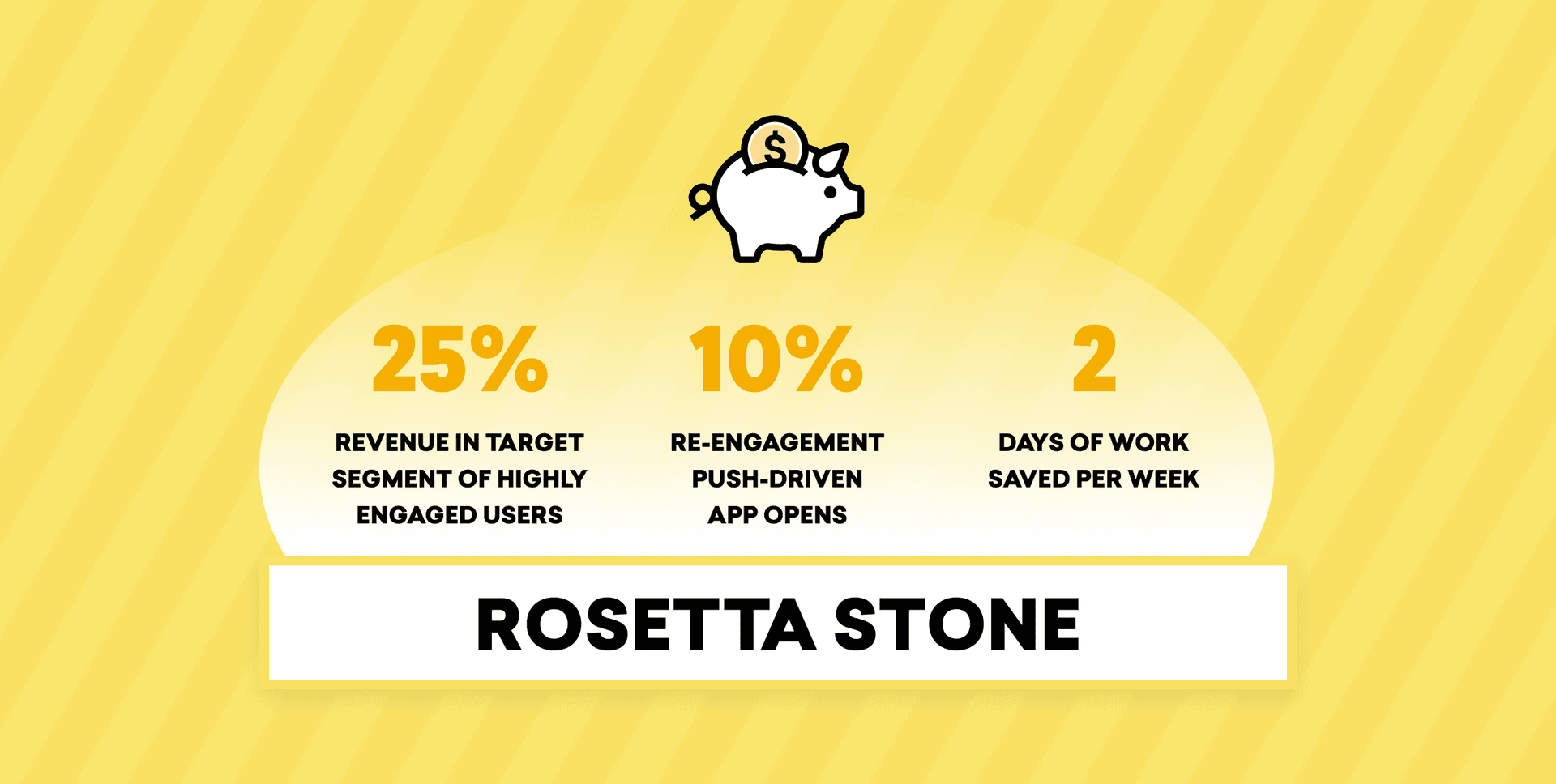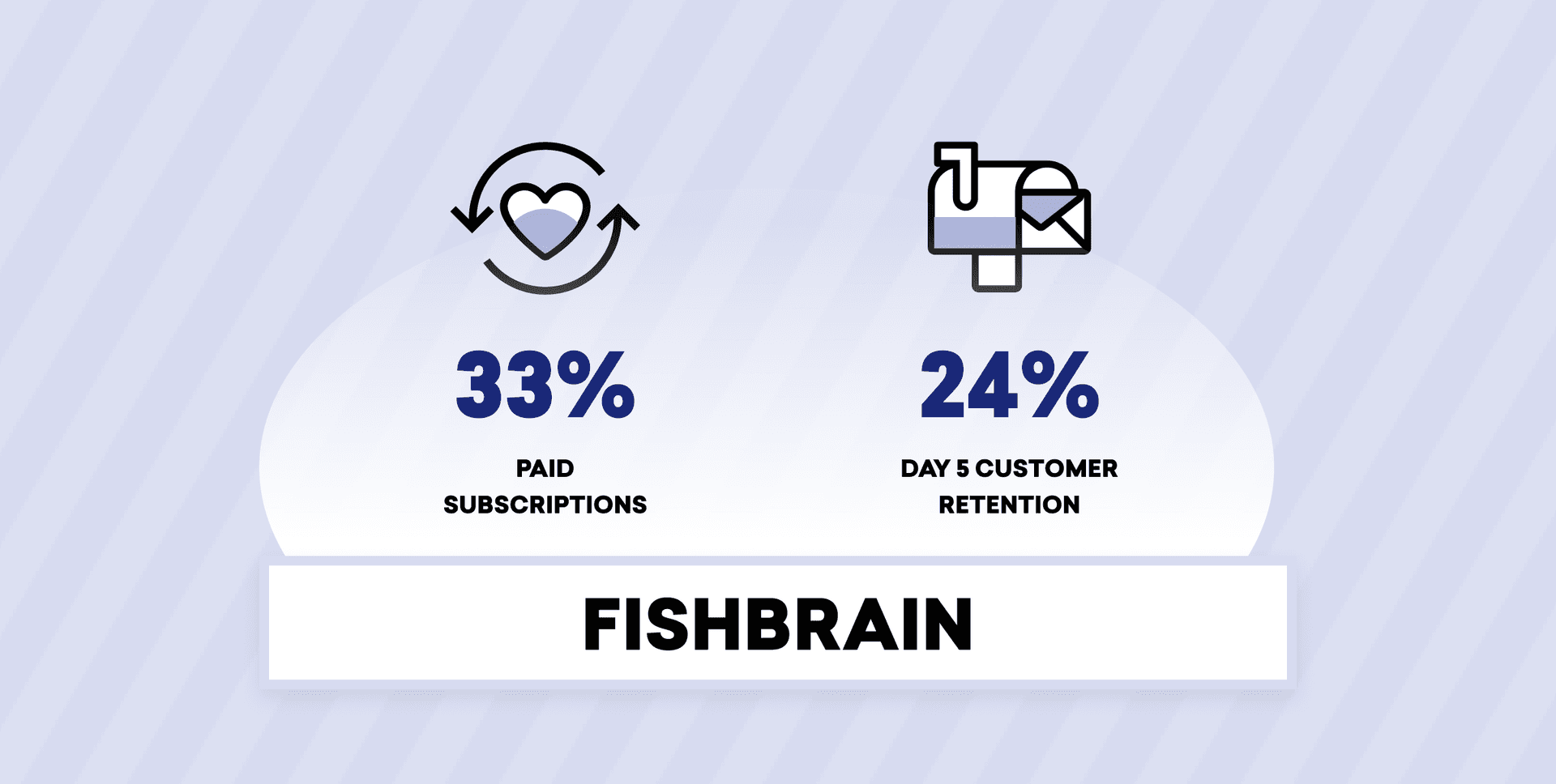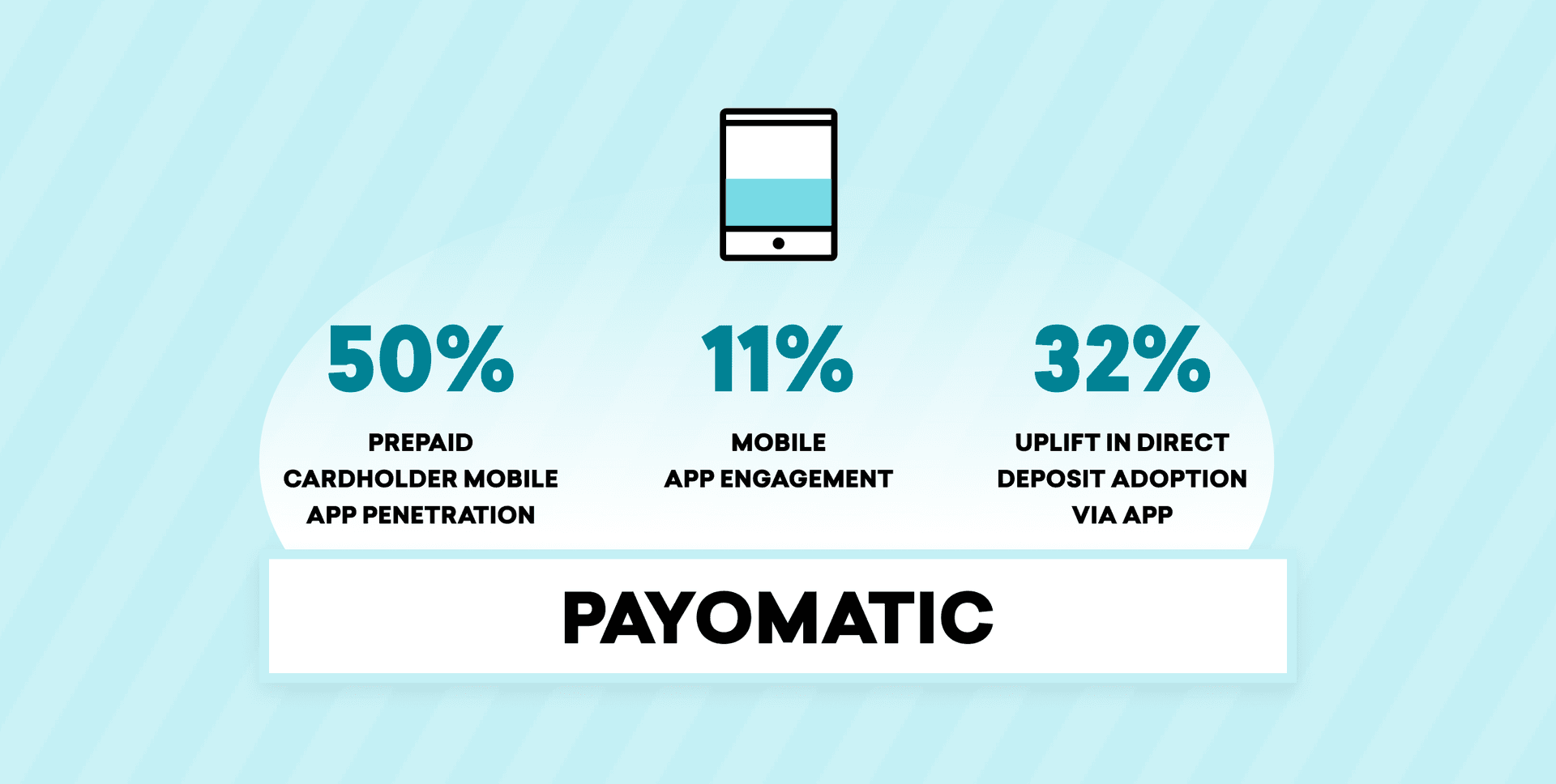Where’s the Money in Respecting Your Customers?
Published on August 04, 2021/Last edited on August 04, 2021/3 min read


Team Braze
While there are plenty of good reasons for marketers to treat their customers in thoughtful, respectful ways, but one of the most significant is a selfish one: It pays.
Many companies form out of a sincere wish to address customers’ pain points. For instance, Inés Ures, the CMO of food delivery service Deliveroo, developed better connections with their customers by using their names in their order fulfillment. “Human brands are all about the right message at the right time...connecting humans to humans,” she notes.
At the same time, however, authentic engagement with customers also drives your bottom line. Here we’ll take a look at how brands embrace brand humanity, personalization, and other customer-first practices while also boosting their bottom line.
Rosetta Stone Connects With Language Learners
Rosetta Stone, a language learning company, wanted to connect with its highly-engaged learners to encourage them to buy full subscriptions as well as pitch its new Live Lessons program. Their team tested a variety of message tones to determine which best engaged users, as well as adopting personalized push messages that included users’ names and preferred languages. In addition, the company reminded users of Live Lessons they’d scheduled via push, in-app messages, or email depending on users’ preferences. By leveraging Braze, these automations didn’t exhaust the company’s campaign development resources and made it possible for them to keep customers up to speed.

Ultimately, Rosetta Stone saw a 25% revenue increase from its highly-engaged segment of users.
Fishbrain Helps Users Develop Their Skills
Fishbrain, a social media app for all things fishing, recognized that users’ increased engagement with the virtual community was their primary reason to continue using the app. However, too many users were not finding community connection, which drove them to abandon the app.
To retain more users, Fishbrain began using messaging to nudge new users to answer questions about their fishing experience level, and then placed them in personalized messaging flows (using push notifications, in-app messages, and emails) based on both experience and interests such as fishing gear or catch locations. The company’s goal? Make users aware of key Fishbrain features that would help build engagement and make it easier to retain them for the long haul.

These strategies paid off. These tactics encouraged a 33% increase in paid subscriptions and increased Fishbrain’s retention by 24%.
Payomatic Adds Value for Buyers and Sellers
A brick-and-mortar financial retailer, Payomatic wanted to inform its customers of its digital services, including direct deposit, prepaid cards, and money transfers to family and friends.

The company was able to leverage existing data about its consumers into a centralized cloud data ecosystem, supporting user segmentation for even more refined personalization and ensuring that campaigns were tailored based on the freshest possible customer data. Using the newly actionable data and insights, they were able to increase traffic using Content Cards that triggered in-app messages with links to direct deposit forms or offer codes. The marketing campaign also included in-app messages and emails that developed support for Payomatic’s new services.
These changes drove a 32% increase in direct deposit adoption on the Payomatic mobile app.
Making Empathy Actionable
At Braze, we were interested in how the kinds of technology-driven human connection described in the case studies above affected brand perception. So, we developed our first-of-its-kind Braze Brand Humanity Study (BHS) that measured how clients perceive brand authenticity. For instance, if clients perceive a brand as “human,” they’re 1.7X more likely to love the brand—and 1.7X more likely to make a purchase.
Want to make empathy for your clients actionable? Read our study here.
Related Tags
Be Absolutely Engaging.™
Sign up for regular updates from Braze.
Related Content
View the Blog
How behavioral marketing turns data into personalized experiences

Team Braze

The new inbox reality: How iOS changes are reshaping email marketing

Aparna Prasad

Experience optimization: Turning data insights into better journeys
